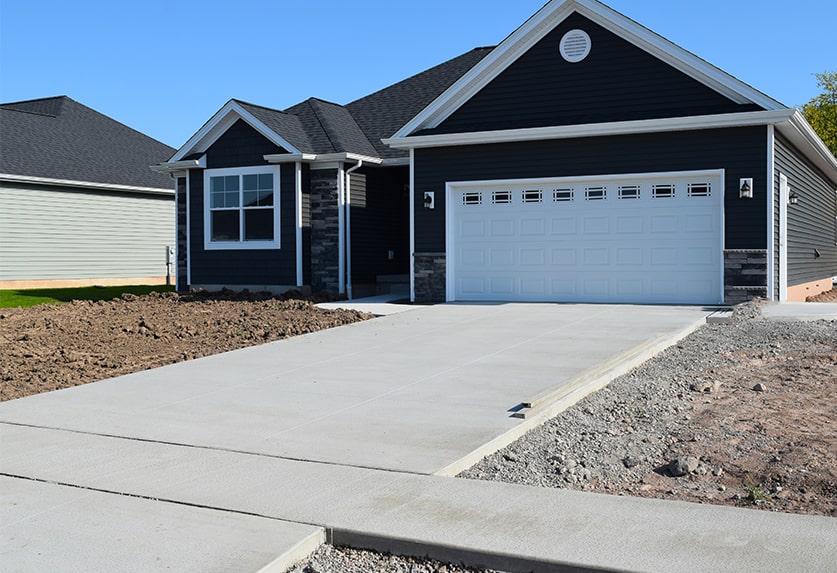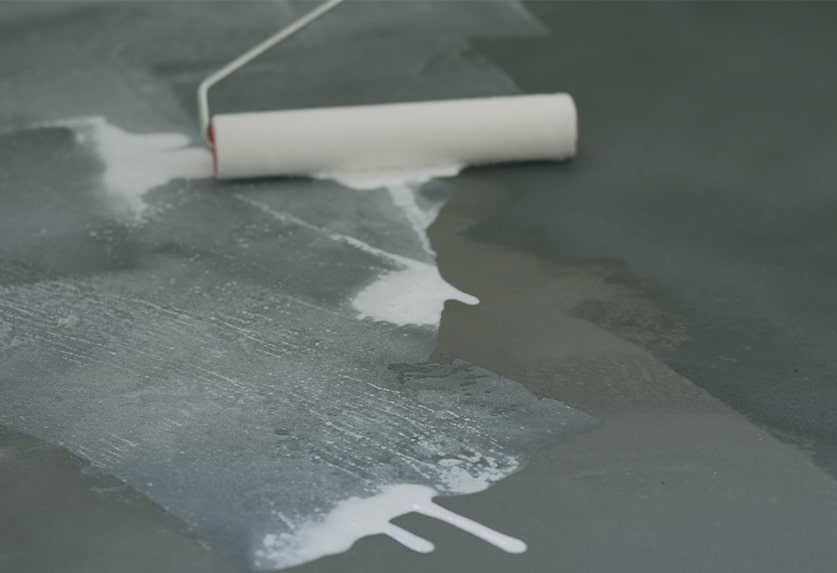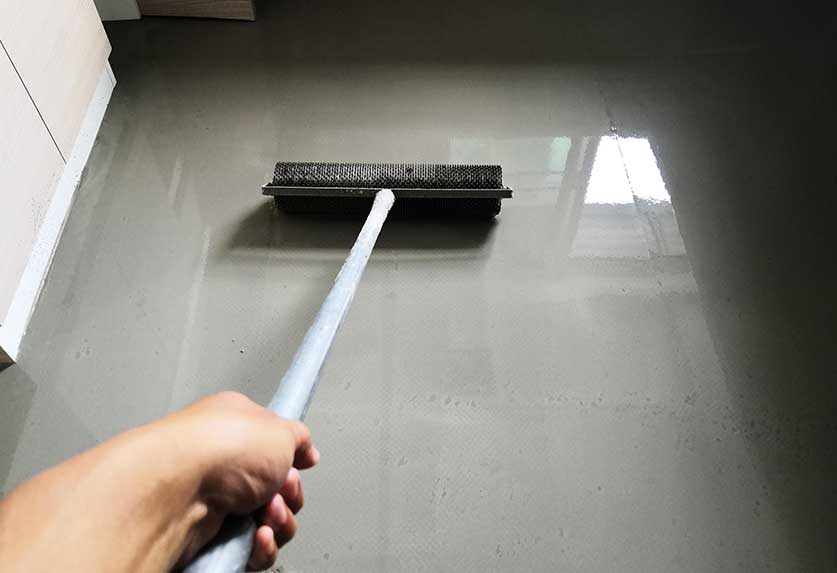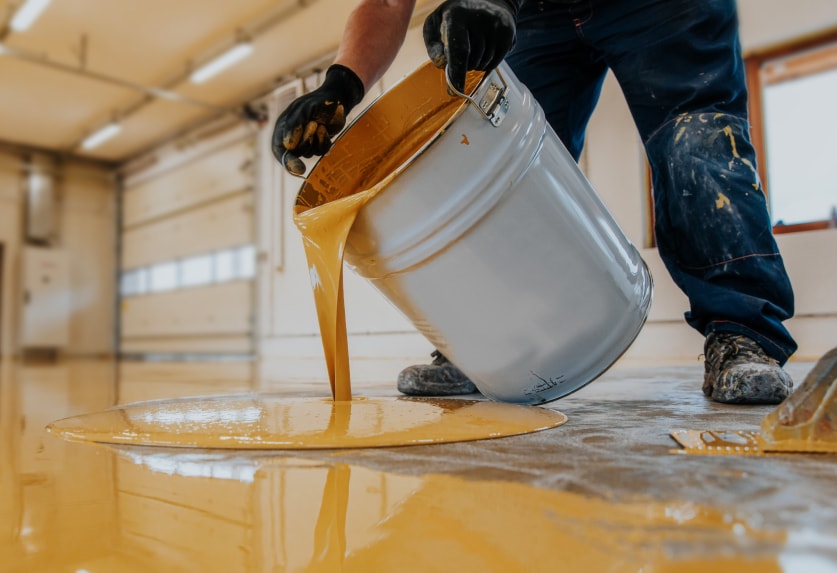Whether you have new or old concrete, it’s a smart idea to prolong its lifespan by applying sealant. Both interior and exterior concrete are prone to cracks, abrasion, discoloration, mildew, and general wear and tear over time. Keep reading to learn how to seal concrete so you can keep your surfaces protected.
2 Proper Ways to Seal Concrete
If you’re not sure where to start with your sealing project, you may want to review these two ways to seal concrete.
DIY Application
Depending on what type of project you’re looking to seal, you may be able to do it yourself. If you’re a homeowner passionate about home improvement projects and want to try resealing your concrete countertops or giving your patio a new high gloss, wet look, consider these steps.
1. Follow Safety Precautions
You need to be careful when applying any type of sealant. Before you begin sealing, read the manufacturer’s safety precautions on the sealant’s container. You’ll also want to make sure to wear chemical-resistant gloves and protective eyewear. If you’re sealing an indoor project, open a few windows to allow proper airflow. Chemical fumes can be dangerous to breathe in, so ventilation is essential.
2. Prep the Surface
First, you’ll want to sweep off any dust, dirt, or debris. Then you’ll want to thoroughly clean your surface to remove any stains from salt, oil, or chemicals. If you’re sealing an outdoor project, like a driveway or garage floor, pressure washing is a great way to remove stains and ensure your surface is extra clean for proper adhesion. Degreasers can also help remove tough stains.
3. Remove Old Sealer
You’ll want to make sure to strip any existing sealer from your concrete’s surface. If you’re not sure if it has been sealed before, you can pour a cup of water on it to find out. If the water beads up and remains on top of the surface, that means it has been sealed, and you’ll need to remove it. If the water soaks in, your concrete has not been sealed, and you can move on to the next step.
4. Apply the Sealant
Apply your concrete sealer following the manufacturer’s instructions. You’ll likely need to apply multiple coats. Make sure to follow the manufacturer’s directions step by step and note recommendations for proper dry time between coats. You’ll also want to avoid walking or driving on the concrete while it’s still wet.
Hire a Professional Concrete Sealer
DIY projects can be fun, but they’re also time-consuming and may not always go as planned. For guaranteed quality results, you may want to consider working with a professional concrete sealer, especially for big projects. A professional will get the job done efficiently and safely and ensure the correct type of sealer is used. Topical sealers, like acrylic or epoxy, create a topcoat layer on the surface of the concrete to create resistance against spills and stains. Penetrating sealers, like siloxane and silane, soak into the concrete to chemically alter it and create a barrier. A professional sealer will not only help you choose the right sealer but complete the rest of the sealing process with expertise and ease so that you can get the results you desire.
Need help sealing your home’s concrete driveway or your business’s concrete floors? MACH ONE™ has unmatched concrete sealing services that are affordable and reliable. Our Veterans put service and integrity into everything we do and are ready to help you get started on your project. Find a location near you to talk to one of our concrete coating experts today.




